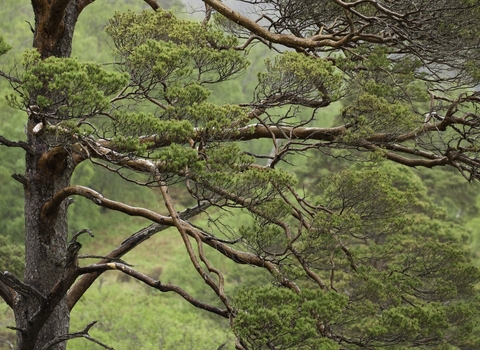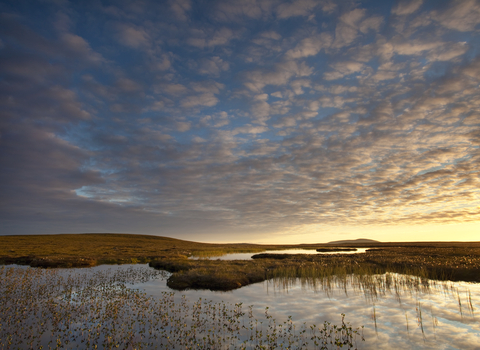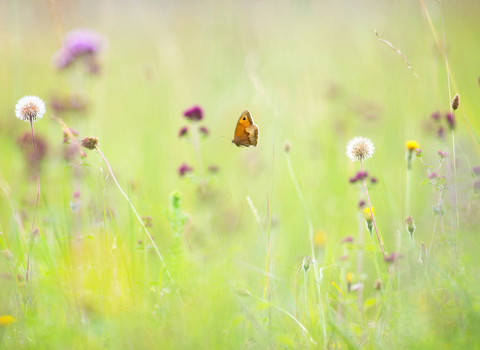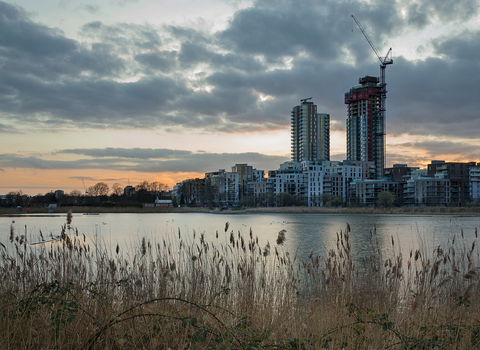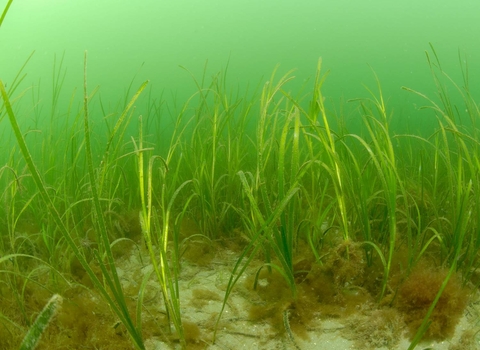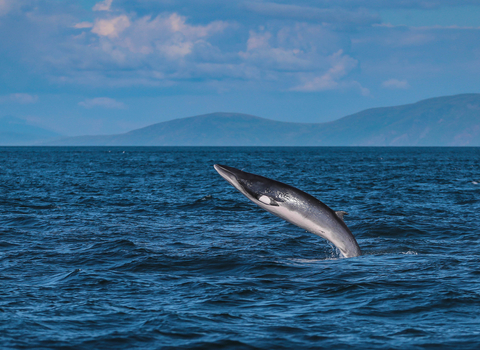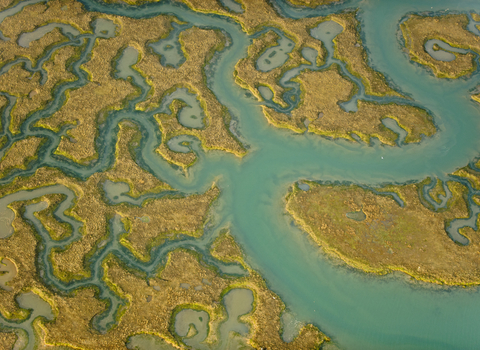Restoring nature can help soak up carbon emissions
Restoring nature can help soak up carbon emissions - known as natural solutions to climate change - whilst contributing many additional benefits.
Peatlands, woodlands, ocean sediment, seagrass and wetlands are just a few of the incredible natural carbon stores that we need to start protecting and making use of. Nature itself is at risk from climate change, but if helped to recover, its potential to store carbon does mean it can help us to turn the tide on the climate catastrophe.
Green carbon solutions to climate change
Our habitats on land have a huge role to play in addressing climate change. Globally, plants have removed 25% of human-made carbon emissions, whilst our soils contain more carbon than is stored in those plants and the atmosphere combined!
Blue carbon solutions to climate change
Blue carbon has a huge role to play in tackling climate change. Oceans absorb 20-35% of human-made carbon emissions every year. Carbon is part of the whole system - stored in the tissues of the plants and animals, and in the mud and sediments.

